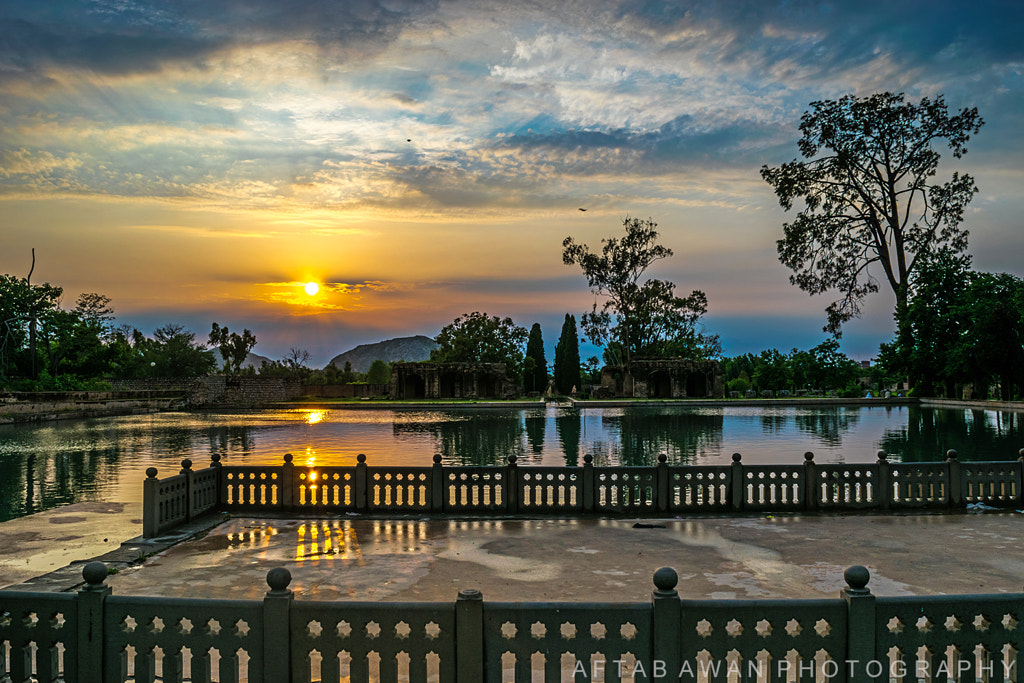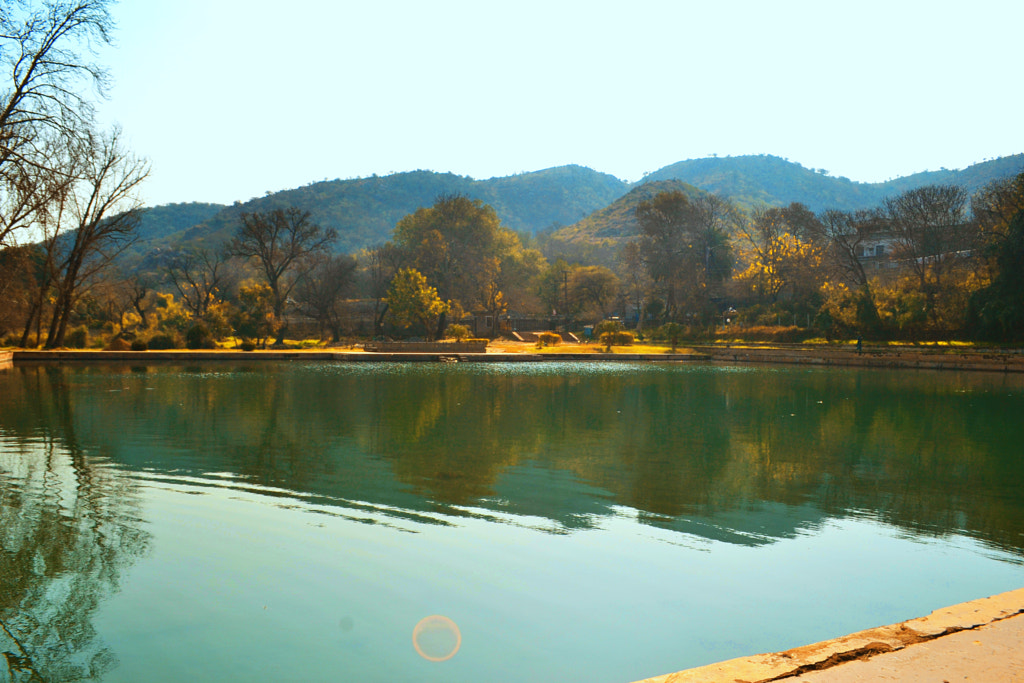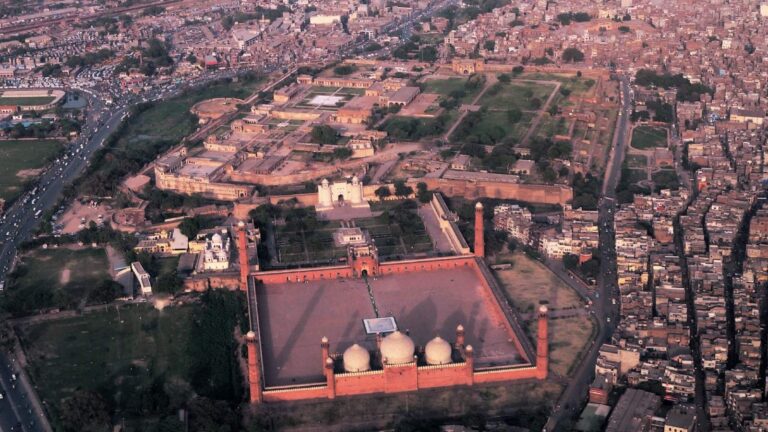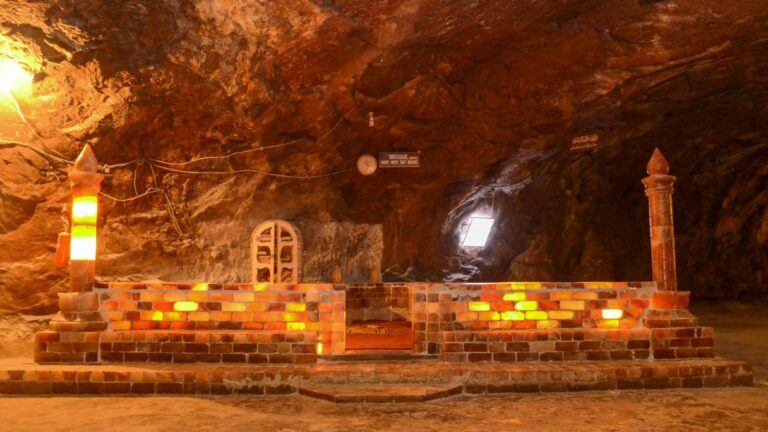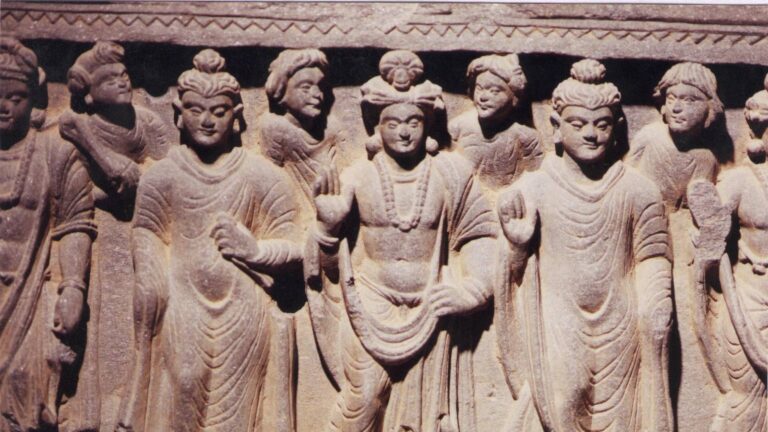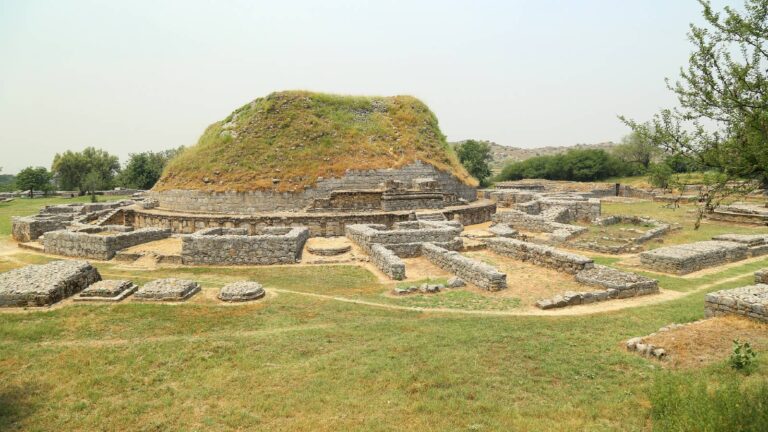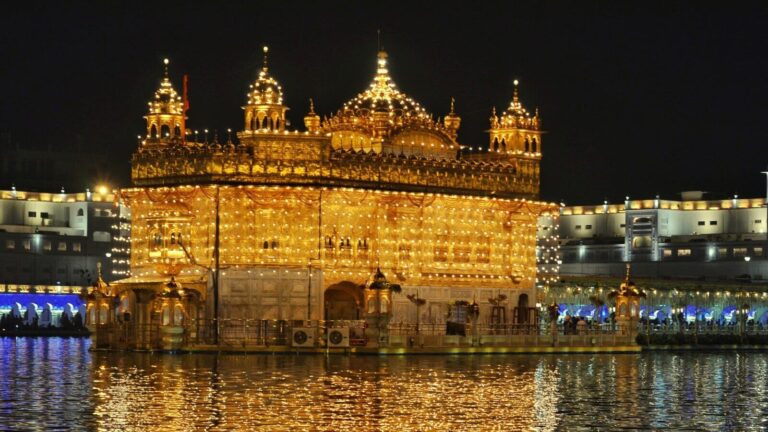Main image: Umer23459, CC BY-SA 4.0, via Wikimedia Commons
Getting There
Mughal Garden at Wah, originally known as Bagh-e-Hassan Abdal, is located on G.T. Road and some two kilometer east of Hassan Abdal and about 12.5 kilometer south west of Taxila.
Can be reached through
- Public Transport
- Private Vehicle
What to Expect
Its earliest reference is in Tuzuk -e- Jahangiri. In 1607 Emperor Jahangir came to Hassan Abdal in pursuit of his rebellious son Khusrau and stayed in this garden for three days. After Shalamar at Lahore, Mughal Garden at Wah is one of the best surviving specimens of Mughal Garden architecture in Pakistan. It is also well documented in the contemporary history of the period.
History
The Mughal Garden at Wah was not designed as a single concept; it rather evolved through continual adaptations from the late 16th to mid-17th centuries. Its three different building construction periods, recognised recently on the basis of brick sizes, masonry construction style, decorations and other embellishment, are related to the times of Akbar, Jahangir and Shahjahan.
Emperor Akbar in 1581 appointed Raja Man Singh at Attock to check the inroads of Pathans. Raja Man Singh during his tenure laid the foundation of this garden by constructing a large tank with a platform in the middle and the central channel with a cascade and a pavilion, about 100 feet to the west, over artificially raised ground up to the level of the tanks top. The raised ground had chambers perhaps for the servants. The platform on the south also had a small complex of Baths.

